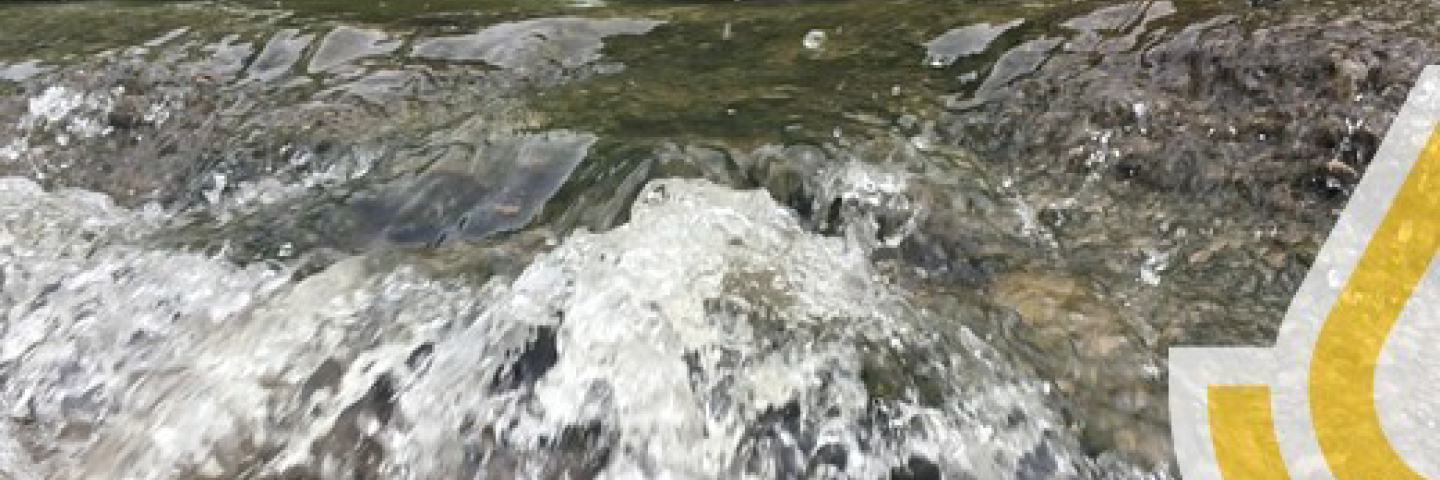
EQIP FY2025 Ranking Questions for Rhode Island National Water Quality Initiative - Signup 1 (Oct. 4, 2024).
Applicability Question
Does the Planned Land Unit (PLU) intersect the National Water Quality Initiative (NWQI) layer of watersheds by 50% or greater?
- Yes - Points: 0
- Otherwise (NOT ELIGIBLE) - Points: 0
Category Question
Which Rhode Island watershed does the PLU intersect with?
- Sakonnet River - Points: 0
- Tomaquag Brook-Pawcatuck River - Points: 0
- Otherwise (NOT ELIGIBLE) - Points: 0
Program Questions
- Is the land permanently protected through a CONSERVATION EASEMENT, purchase of development rights or other mechanism?
- YES - Points: 30
- NO - Points: 0
- Select the applicable Historically Underserved (HU) category identified on the NRCS-CPA-1200, Conservation Program Application (Select MULTIPLE if applicable):
- Applicant self-certified as a Veteran Farmer / Rancher (VFR) - Points: 15
- Applicant self-certified as a Limited Resource Farmer / Rancher (LFR) - Points: 15
- Applicant self-certified as a Socially Disadvantaged Farmer / Rancher (SDFR) - Points: 15
- Applicant self-certified as a Beginning Farmer / Rancher (BFR) - Points: 15
- Applicant Does Not Qualify or Self Identify - Points: 0
- Did the applicant apply for funding in Fiscal Year (FY) 2024 but was previously NOT funded?
- YES - Points: 60
- NO - Points: 0
- If this application is approved for funding, will this be the applicant's first EQIP contract?
- YES - Points: 50
- NO - Points: 0
- Has the participant been in contract violation with any prior USDA NRCS Contract within the past 3 years?
- YES - Points: -200
- NO - Points: 0
Resource Questions
- Does the Planned Land Unit (PLU) intersect the following priority critical source areas for NWQI watersheds?
- Very High - Points: 25
- High - Points: 15
- Moderate - Points: 10
- Low and/or Null - Points: 0
- Will the project be applying for an approved CEMA?
- YES - Points: 10
- NO - Points: 0
- Does the schedule of operations include implementation of at least one "CORE" conservation practice that addresses one or more of the priority resource concerns? [Important: Planner MUST review the Guidance Drop-down for specific practices.]
- Field Sediment, Nutrient, and Pathogen Loss - Points: 45
- Concentrated Erosion - Points: 15
- Storage and Handling of Pollutants - Points: 30
- Not Applicable - Points: 0
- Does the Conservation Plan include one or more conservation practices from the Climate-Smart Ag & Forestry Mitigation Activities List (FY25 Version)?
- 5+ Climate Smart practices are planned - Points: 30
- 3 to 4 Climate Smart practices are planned - Points: 15
- 1 or 2 Climate Smart practices are planned - Points: 10
- Zero (0) Climate Smart practices are planned - Points: 0
- What is the distance from the Planned Land Unit (PLU) to water bodies including streams, ponds, lakes, estuaries all surface waters?
- PLU is 100 feet or less from waterbody - Points: 30
- PLU is 101-500 feet from waterbody - Points: 20
- PLU is 501-1000 feet from a waterbody - Points: 10
- Otherwise - Points: 0
- Is the Planned Land Unit (PLU) 100 feet or less from the edge of the wetland?
- PLU is 100 feet or less from the edge of the wetland - Points: 5
- Otherwise - Points: 0
- Does the Planned Land Unit (PLU) include Prime and State Importance Soils?
- Yes - PLU contains prime or state important soils - Points: 5
- Otherwise - Points: 0
- Does the Planned Land Unit (PLU) intersect the RI Groundwater classification GAA area?
- Yes - Points: 5
- Otherwise - Points: 0
Additional Information
Environmental Quality Incentives Program - Rhode Island
The Environmental Quality Incentives Program (EQIP) provides financial and technical assistance to Rhode Island farmers, forest landowners, oyster growers, ranchers, and urban growers to address natural resource concerns in the Ocean State.
Learn MoreNational Water Quality Initiative - Rhode Island
As USDA’s premiere water quality initiative, National Water Quality Initiative (NWQI) provides a way to accelerate voluntary, on-farm conservation investments and focused water quality monitoring and assessment resources where they can deliver the greatest benefits for clean water.
Learn More
